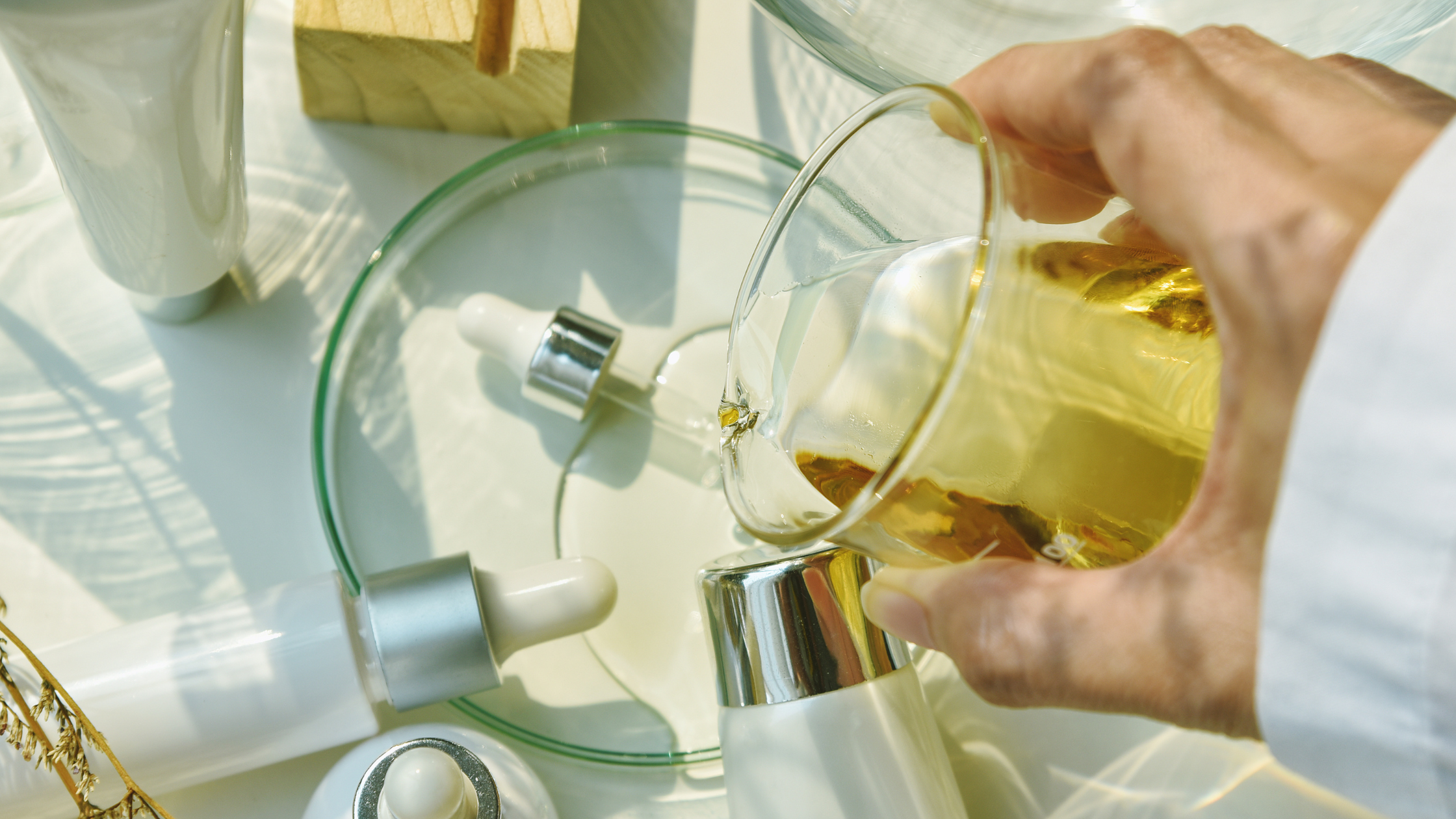Clean beauty has been a hot topic for a few years now, and it sounds like a great idea in theory. However, you’ve probably found that the term is unregulated and has been used to hyperinflate certain products on the market. In this blog, we’ll be “demystifying” this term for you so that you can approach non toxic skincare with more knowledge and caution. Let’s get started.
What Does "Clean Beauty" Mean?
First, let’s take a look at the pop definition of clean beauty. Generally speaking, consumers refer to clean beauty products as those that are free from potentially harmful chemicals (think parabens, phthalates, and formaldehyde). And some cosmetic brands have jumped on this bandwagon, but it’s a slippery slope.
Is “Clean” A Regulated Product Term?
No.
This is what makes clean beauty such a hard concept to define. Each brand is going to have its own opinion about which ingredients are “unsafe,” and this can lead to a lot of marketing confusion. Much like food packaging touting “all-natural,” “clean” really is often an empty marketing technique that beauty companies can use to appeal to different audiences.
For these reasons, clean beauty often gets mixed up with non-toxic and natural beauty. Realistically, from a product standpoint, it doesn’t mean a whole lot.
What’s With the Obsession Over Clean Beauty?
The Misconception of Natural vs. Manmade
There’s a lot of misconception surrounding the terms “natural” and “manmade.” As you can imagine, not all natural things are safe and non-toxic – for example, plant poisons are natural, but they are not non-toxic. On the other hand, humans have created a number of very useful synthetic products that can benefit our health greatly. Sometimes we miss the mark, and sometimes an initially well-intentioned synthetic product can have unknown side effects.
Do Your Research: Don’t Follow Fads
This isn’t to say that we shouldn’t be careful. However, what we’re trying to say is that rejecting or accepting a specific chemical into your routine should be backed by scientific proof (at least as well as you can, given studies that are out there).
How Do I Find the Products With The Best Skincare Ingredients?
The takeaway we want you to have from this article is that you should always be looking beyond a product’s main label. This is the marketing label – this is what the company is using to create interest and get you to buy.
This article is an interesting read, if you’d like to learn more.
There’s not always something nefarious going on here, but we encourage you to use your best judgment and turn the bottle around to get the full picture.
Here are a few things we recommend you look for:
- Your doctor or dermatologist recommends a product
- Reputable organizations endorse a product (like the Good Face Project)
- The product actually doesn’t contain harmful ingredients
- Peer reviewed research shows the ingredients do what they say
Rejuvaskin's Commitment To Clean, Science-Backed Skincare
Here at Rejuvaskin, we’re committed to following the science, rather than the fads in the skincare world. We’re constantly hunting for peer-reviewed, research-backed healthy skincare ingredients that we can add to our products – which are being used by physicians around the world. This commitment has even been recognized by the Good Face Project and the National Eczema Foundation (our Skin Recovery Cream even has both endorsements).
So, if you’re looking for a good skincare brand to support – one that doesn’t bow to fads – check us out. Your skin will thank you.
Browse our collection of gentle products today →





















Leave a comment